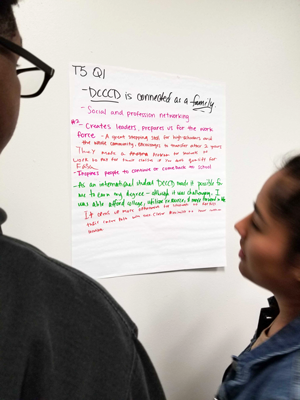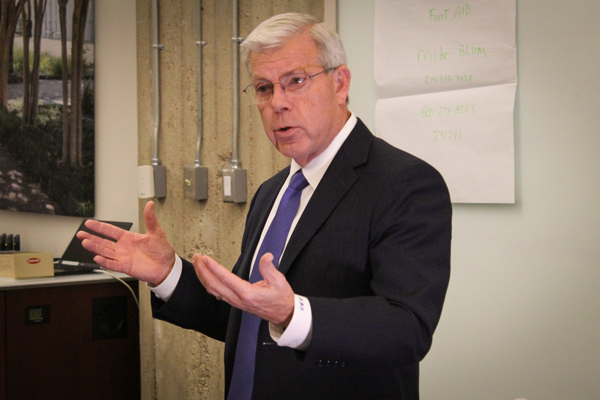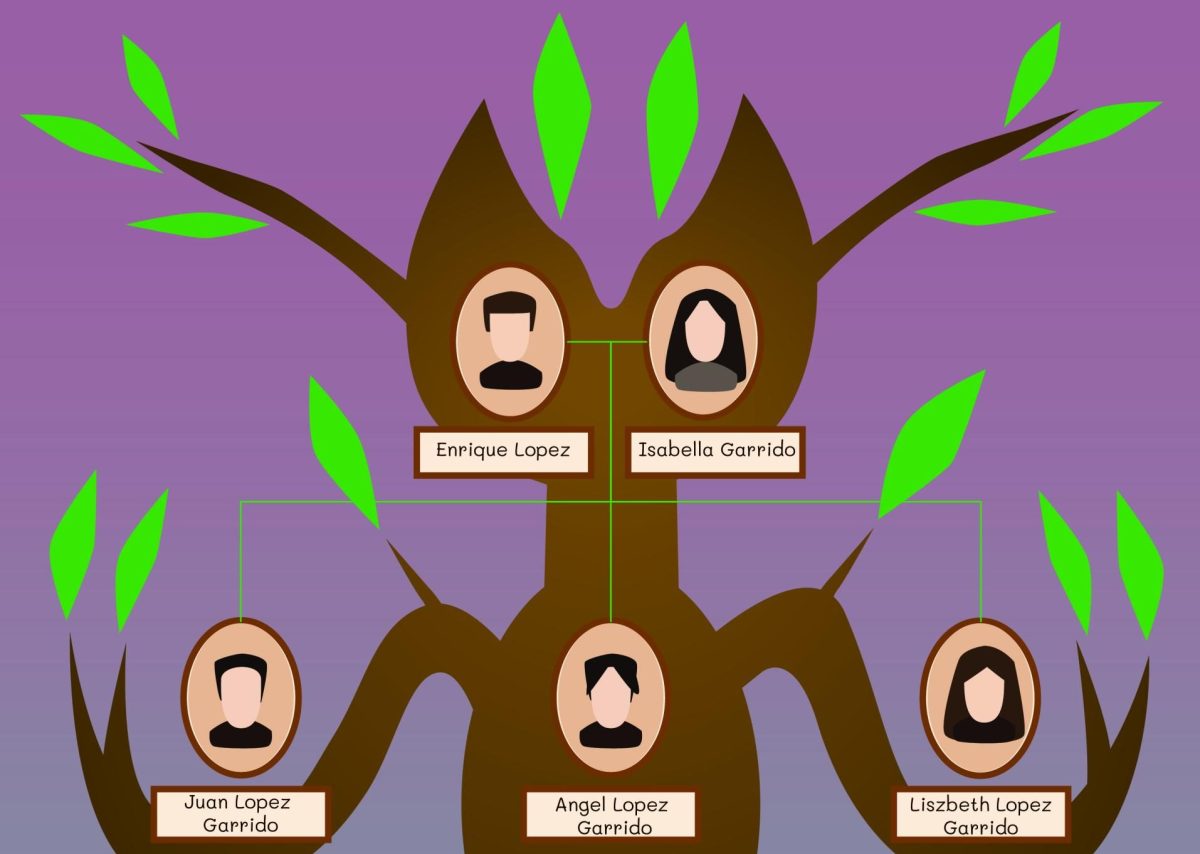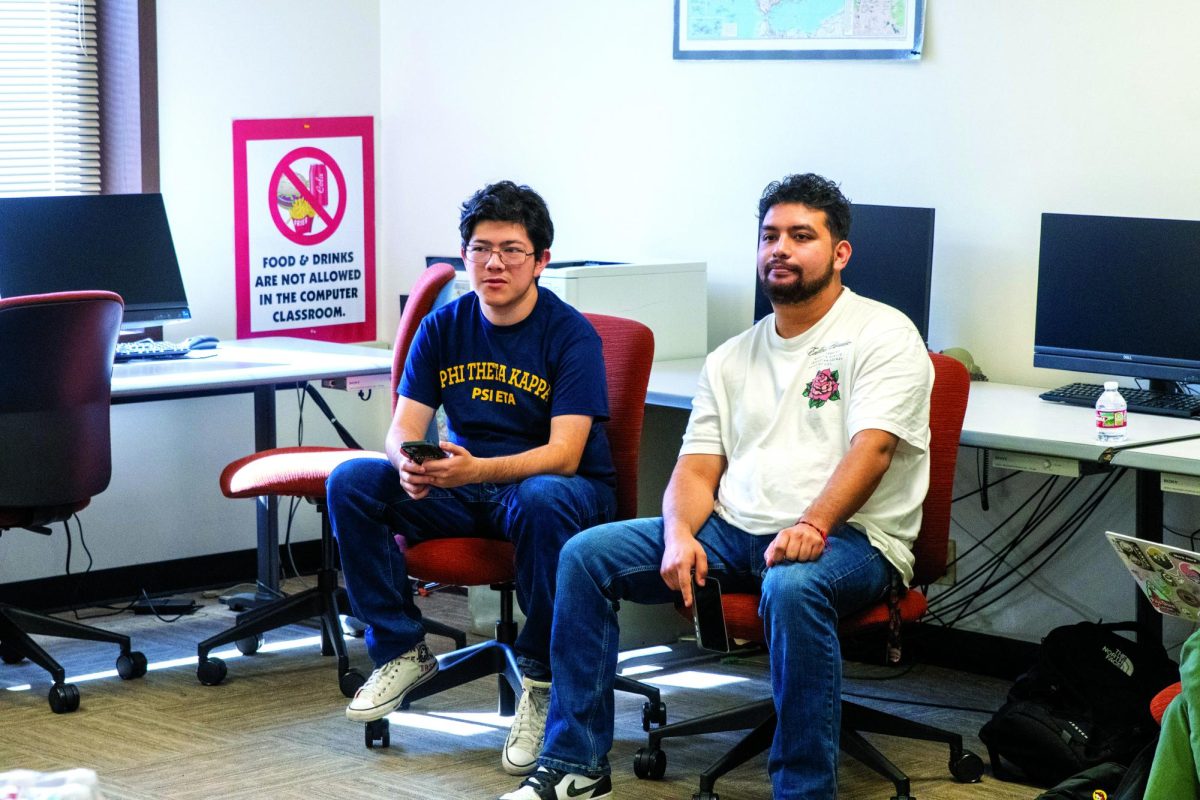
By SKYE SEIPP
@seippetc
The Dallas County Community College District will change its name to Dallas College as a part of the move to “one college.”
None of the Board of Trustees members were enthusiastic about the names presented during Tuesday’s work session.
“It’s not exciting,” Trustee Charletta Rogers Compton said. “It’s not at all,” Chairwoman Diana Flores added. The comment drew laughter from some attendees of the meeting.
Trustee Philip J. Ritter said he was for the name Dallas College. Trustee Monica Lira Bravo said she was surprised the name wasn’t already taken and the district should capitalize on the opportunity to use it.
The name was chosen after a presentation from Patty Arellano-Tolotta, chief marketing officer with DCCCD, and Justin Lonon, executive vice chancellor. They presented two names, Dallas College and Dallas County College, which rose to the top among a survey of students, employees, community members and alumni.
“Dallas College makes more sense from a marketing standpoint,” Arellano-Tolotta said. She added that the name Dallas is globally recognized and that people from outside of the city limits, like Mesquite, identify by saying “I’m from Dallas.”
Lonon agreed and said the name means they don’t have to completely switch the brand they’ve established since the district started 54 years ago.
The name had to be changed because the accreditors, the Southern Association of Colleges and Schools Commission on Colleges, doesn’t allow the term “district” in the name. And the term “community” is considered outdated, Arellano-Tolotta said.
All seven colleges are currently accredited separately by SACSCOC Single accreditation will mean the campuses will receive their credentials from SACS together or as “one college.”
Dallas College will be the new name of @dcccd under "One college." The Board of Trustees reached a consensus in their work session meeting today. Check tomorrow's paper for more information on the move to single accreditation. | @TheEtCetera
— Skye Seipp (@skyesighp) February 4, 2020
New structures
The change to “one college” will also bring new jobs and a reorganized structure.
Chancellor Joe May sent a video and email to employees in late January outlining some of the new administrative positions. These positions will create a new hierarchy of reporting for faculty, staff and administrators.
This new hierarchy will also create new roles for college presidents to be responsible for “community engagement, campus culture, student experience and business operations,” according to May.
The board was given a presentation yesterday about using a talent pool to fill positions internally. Flores said the names of who will be filling the roles will not be announced until after SACS makes their decision on June 11.
The district has also presented a new academic structure that will feature a set of new “Schools of” that each academic program will be aligned with. The details of where current programs will go has not been unveiled.
May said the distribution of classes across the campuses won’t change, and the goal of the new structure is for students to have better access to academic programs and for faculty to have better support.
“It’s really designed to create within the structure … those programs that need to work together, collaborate and coordinate with each other,” May said in a phone interview with The Et Cetera. “I don’t anticipate there [to] be a lot of shifting around of people, but certainly this structure will make it easier if we have a shortage [of faculty] at one location to figure out how we cover that at another.”
He said faculty work together across the district now, but the new academic structure will give them an organizational lead to collaborate within their programs across the campuses.
[READ MORE: District trustees onboard with single accreditation]
This new organizational lead will feature new administrative positions, including a provost, vice provost, vice chancellor of student success, vice chancellor of workforce advancement, an executive vice chancellor of operations and an academic incubator.
Being a single accredited college also means the early childhood development bachelor’s degree offered at Brookhaven could be available at other campuses, May said. And he guaranteed Eastfield will offer the classes. Eastfield was one of the colleges originally considered for the baccalaureate program, but it was awarded to Brookhaven in October 2018.
May has said sports teams and mascots will remain at each campus and added student clubs and organizations to the list of programs that make campuses a unique place. May said he would be against getting rid of campus student media organizations.
“Part of what we want to make sure is that whatever is unique to Eastfield that makes it a special place to … students, that we do our best to keep that,” he said. “We really want to be thoughtful about that and not cause something that’s unintended in the process.”
May initially submitted a plan for “one college” to the board in August. He said the move to a single accreditation will help “swirl students” — people who take classes at multiple colleges — graduate.
Currently, under SACS guidelines these students have to complete 25 percent of their credits from one college in order to graduate.
“I know just from listening to people that have [not been able to graduate due to the requirement], that they feel pretty defeated,” May said. “There was some benefit in being able to transfer with those courses, but at the same time, not able to get the degree doesn’t leave them feeling real good.”
[READ MORE: Fall 2020 tuition increase covers cost of books and supplies]
At a Jan. 17 board meeting, May said 1,356 students couldn’t graduate from 2016-18 because of the 25 percent rule.
These degrees then count toward a community college’s “success points” with the Texas Higher Education Coordinating Board, which influences the amount of funding public colleges in Texas get.
Degrees and certificates count for more points per student than any other milestone in the success points model. Degrees range from 2 to 2.25 depending on the type of degree, according to the coordinating board’s “success points data flow,” which was revised in October 2019. All other milestones — except transferring to a university — are either 1 or 0.5 points.
The good and bad
Faculty Association President and history professor Liz Nichols said in addition, the different experiences at each campus can be a barrier for students.
“It’s too cumbersome how we operate now,” she said. “There’s too many different processes, and nothing is done similarly. But we all share the same students.”
Nichols supports the initiative and said she meets once a month with the chancellor and vice chancellor to discuss the process.
People across the district have voiced concern and unease since the changes were proposed in August.
Dean of Arts and Communications Courtney Carter Harbour said since the new positions were posted, she and other academic deans have wondered if they will still have jobs.
She said the work done at the district office is different from the operations and duties on campuses and said the transition could be a “mess” due to the district’s large size.
“There’s a lot of nuances that unless you have worked on a campus for a good amount of time, you just might not be aware of,” she said. “And most people in higher ed will agree that the academic deans’ job is the hardest job, and they’ll even say that at the district office.”
She said there are some community colleges under a single accreditation model without academic deans.
[READ MORE: Campus leaders questioned about diversity efforts]
May said the new positions emerged because the district has to look like one college organizationally. He said faculty, supervisors and deans will manage daily activities on campus.
Carter Harbour hopes single accreditation will fix some of the inconsistencies around the district, but said the lack of information about the organizational change has created a lot of questions from faculty members and herself.
Some departments on campus have already begun planning for the switch to “one college.”
Marketing has been taking an “operational” approach to the forthcoming changes and preparing for instances like the removing of “college” from Eastfield’s name, Eastfield Marketing Director Donielle Johnson said.
Members of Marketing and Creative Services have also been working with the district to consolidate all of the websites into one.
Johnson welcomes the change, though. She said it’s an opportunity for a new start and a chance to build a college everyone can be proud of.
“I am an advocate for change,” Johnson said. “From a marketing perspective, it [single accreditation] gives us an opportunity to build campus experiences that our students deserve.”
She said “one college” is the biggest change DCCCD has undergone in 50 years and added that new programs like guided pathways or a different website have been met with pushback.
Johnson said the district’s history of resisting change could impede marketing’s ability to rebuild the campus.
“I do believe in Dr. May’s insistent [message], driving home that our students deserve for us to have a clear pathway to their goals,” she said. “In order for that, you have to start, stop and pause things … to get to that clear pathway … and have the same barriers removed wherever you are. Our students and communities deserve that.”

To get feedback on single accreditation, the district began a series of “world cafes” with staff, faculty, administrators and students last semester. These events featured roundtables with various people from different campuses. Each table answered the same three questions by writing their responses on a piece of poster board.
The questions touched on several topics. The first was based on a hypothetical future Dallas Morning News story. Participants were asked how they would describe DCCCD to someone moving to Dallas and what the DCCCD’s greatest contribution is. Each table was asked, “What do you most want to hear about us in the answers?”
Question two asked, “How are we getting in our own way?” And question three was a follow-up to the second: “What can we do to change that?”
Communication was the biggest way students said the district could improve during the student leader world I on Jan. 24.
John Kwong, a biology major and treasurer for the Student Government Association at Eastfield, said the move to “one college” could have benefits and pitfalls. He said a benefit is that students across the district could have access to more programs at each campus. However, he said this transition could impact the pride students take in their selected campus.
“There’s a stigma that goes around … that because I go to a community college, it’s not that special because it’s a community college,” he said. “Having individual campuses allows us to take pride in our certain campus and where we’re from.”
Kwong said the district should have communicated to students what was taking place earlier, so he could begin preparing for what these changes mean to SGA and other student clubs and organizations.
Biology professor Jessica Kerins oversees the honors program at Eastfield and said single accreditation could be beneficial for the program. She said the requirements for each honors program are different at each campus, and students who want to transfer between honors programs can’t.
“It’s a barrier for students right now,” she said. “The whole idea of single accreditation from a student standpoint is to remove some barriers and make it easier to get the classes you need no matter where [you’re] going to take those classes.”
Anticipating change, she said honors program coordinators have been meeting to figure out what the programs will look like under single accreditation.
As a faculty member, Kerins said “one college” brings some concerns, most of them because no one can answer their questions about the new academic and organizational structures.
[READ MORE: Digital readers plan to be available next fall]
The new school structure will include a School of Creative Arts, Entertainment and Design, School of Manufacturing and Industrial Technologies, School of Law and Public Service, School of Education, School of Business, Hospitality and Trade, School of Nursing and Health Sciences and a School of Engineering and Technology.
Kerins said the new system is still open ended and not being able to see the outcomes of this new design makes it hard to accept the change.
“The district is thinking we need to implement [this], because … more often than not, district will make decisions that make sense from a business standpoint,” she said. “I believe that they do have the students’ best interest in mind. But I think a lot of times they don’t realize how those decisions affect faculty. And it would be nice if they could find that out before those decisions were set in stone.”
The district will submit their plan to become “one college” to SACS on March 15. A council will decide to approve or deny the motion in June. If approved, SACS will visit campuses in the fall and will have another council meeting in December to address the next steps and possibly plan another visit.
The district has setup a SharePoint portal site for faculty, staff and administrators at dcccd.sharepoint.com/sites/onecollege. This site cannot be accessed by students. Questions or comments can also be sent to the email [email protected].
https://eastfieldnews.com/2020/02/09/editorialone-college-will-move-dcccd-forward/








